March 5th 2025 10:26:27 AM
Avoid the Most Common Challenges Seen in Warehouse System Implementations
May 14th 2018 16:15:14 PM
Warehouse management systems are highly acclaimed for the numerous benefits they provide. When properly deployed, a warehouse management system can help companies reduce labor costs, improve accuracy and efficiency, and increase the visibility of workflows and inventory. A troubled or failed implementation, however, can end up costing a company valuable time and money.
No amount of articles, books, seminars or manuals will prepare you for the reality of implementing a warehouse management system. It is a complicated process that often results in many mistakes, especially for the first-timer. While we cannot help you avoid every possible mistake in the book, we’d like to help you navigate the most common challenges when it comes to implementing a warehouse management system.
More often than not, companies enter into the implementation phase with false expectations. Many companies assume that warehouse management systems will be easy to implement, particularly because their ERP and other software implementations were successful in the past. Oftentimes, this is not the case. Even companies who have had successful software implementations in the past have a hard time getting their warehouse management system up and running properly.
This prompts the question: Why do warehouse management systems seem more challenging to implement than other business software systems?
One reason for these challenges is that warehouse management systems lack true “standardization”. While front office processes can be executed in similar fashion regardless of the type of business (think Payroll, HR, Accounts Receivable), manufacturing processes cannot. Business commonality often ends in the distribution center, and—even if companies are similar in theory—they will often have different handling characteristics, different SKUs, different sales channels, and different retail compliance requirements. These differences create a wide disparity of processes in the distribution center and, as a result, companies often need to customize their warehouse management system rather than purchasing it directly “off-the-shelf”. These customizations generally lead to challenges during the go-live phase, as customized software systems generally have a few kinks to work out and are often prone to failure.
Due to the complexity of warehouse processes, there are often numerous exceptions and workarounds to the normal warehouse rules. Because they are undocumented, these exceptions and workarounds are not typically discussed during the initial software configuration, leading to problems after the software has gone live.
All of these factors contribute to the difficult implementation of warehouse management systems. Problems during the go-live phase can create serious issues for the business if left unresolved. These issues could include:
- Training problems
- Excess costs
- Implementation delays
- Inability to ship products once the software has gone live
- Complex and expensive future system upgrades
- Gross inventory inaccuracies once the software has gone live
Overcoming the Challenges of WMS Implementation
In order to help you decrease your risk of a problematic—or failed—warehouse management system implementation, you must focus on the following six areas:
1. Ensure that your company and the software vendor are on the same page.
Before you even begin the implementation process, make sure that your expectations align with the expectations of your chosen software vendor. Prior to signing the contract, document all of your business processes requirements in a spreadsheet. All desired processes should be listed, as well as any exceptions or workarounds.
2. Test your warehouse management system several times.
A successful warehouse management system implementation results from lots of testing. Make sure you test everything prior to going live. Expect errors and failures the first time (and possibly the second time) around and document everything -from errors to failures to successes.
3. Train every person who will use the system.
Prepare your team for change before you even begin the warehouse management system implementation process. Many times, warehouse management systems force companies to transition from a primarily manual environment to a highly automated one. This will require your employees to adopt a completely different method of operating than what they know. To ensure a smooth transition (or as smooth as possible), make sure that every employee (including those in upper management) involved in the movement of products is trained on the proper use of the system.
4. Conduct a Readiness Assessment
Prior to going live, conduct a thorough readiness assessment to ensure that the system is ready to go live. If you find that your system is not ready, prepare to delay the go-live date to work out the problems.
Proper planning will eliminate unnecessary challenges that could arise from the implementation of your warehouse management system. While we cannot guarantee that your system will be hiccup-free, we can ensure that you will be as prepared as possible to deal with any potential problems that arise.











